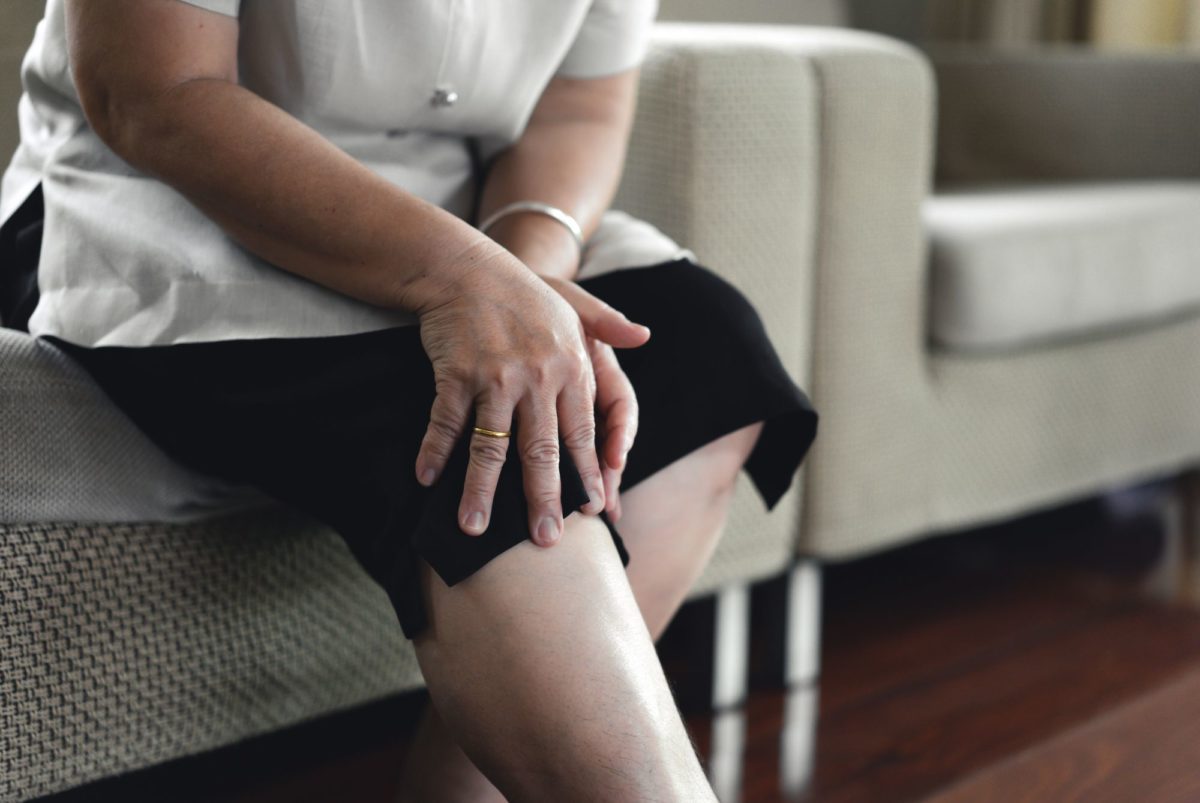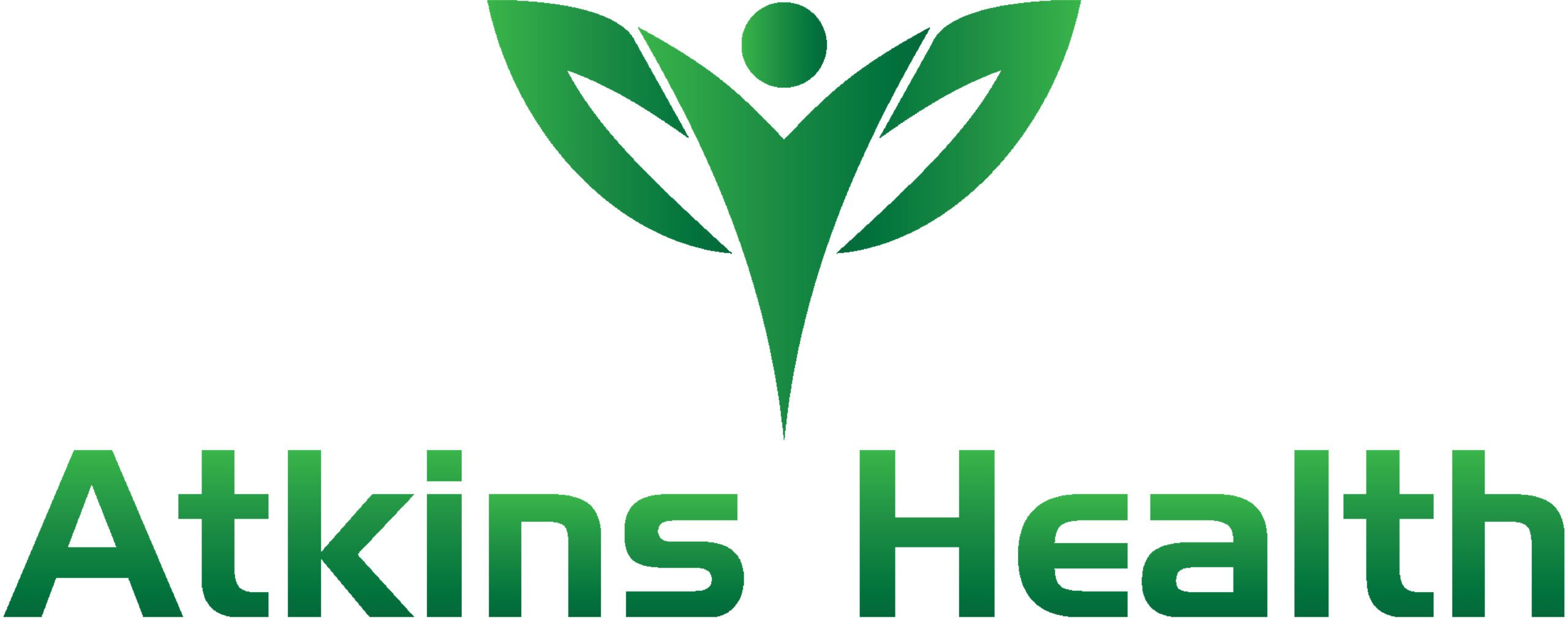Osteoporosis: Everything you need to know

Osteoporosis is a bone disease that affects millions of people worldwide. It’s estimated that 2/3 Australians over 50 years of age have osteoporosis, osteopenia or poor bone health. Osteoporosis is a disease that weakens bones and makes them more susceptible to fractures. Receiving an osteoporosis diagnosis can be distressing for many. Fortunately – with the appropriate treatment – it is one of the few reversible conditions we regularly work with at Atkins Health. In this article, we’ll explore everything you need to know about osteoporosis, including its causes, risk factors, and methods for treatment and prevention.
What is osteoporosis?
Osteoporosis is a bone disease that occurs when the body loses too much bone tissue or is unable to replenish lost bone tissue as it naturally breaks down. This results in bones becoming weaker, more brittle, and more susceptible to fractures. Osteoporosis is often referred to as a “silent disease” because it typically progresses slowly and without noticeable symptoms until a bone fracture occurs. It can affect any bone in the body, but the most common fractures occur in the spine, hip, and wrist.
Who does osteoporosis affect?
The disease is more common in women than men, and it tends to occur more frequently as people age. Hormones play a major role in this. As women go through menopause, they experience a decrease in oestrogen levels. Oestrogen plays a critical role in maintaining bone density, and the decrease in oestrogen levels during menopause can accelerate bone loss. However, it isn’t just older adults that are at risk of developing osteoarthritis. Younger people with underlying medical conditions or who take certain medications can also develop weakened bones.
The following are risk factors that may increase the likelihood of developing osteoporosis:
- Family history of the disease
- Diet low in calcium and vitamin D
- Sedentary lifestyle
- Smoking
- Excessive alcohol consumption
- Certain medical conditions (e.g. rheumatoid arthritis or hyperthyroidism)
What are the symptoms of osteoporosis?
Unfortunately, osteoporosis symptoms are difficult to monitor. It progresses slowly and does not reveal symptoms until a bone fracture has already occurred. A bone mineral density (BMD) test can be used to diagnose osteoporosis. It measures the amount of bone minerals in a specific area, such as the hip or spine, and compares it to the expected normal amount for your age and gender. However, this test is difficult to access for patients under 55 years old.
For this reason – prevention is your best weapon against developing osteoporosis. Engaging in proactive bone strengthening exercises can significantly improve BMD, reducing the risk of developing osteoporosis. Our back pain treatment program is designed to help people living with back pain as a result of osteoporosis.
When should I start thinking about osteoporosis?
The best time to start thinking about osteoporosis prevention is prior to menopause. Because of the role menopause plays in decreasing bone density, it is most effective to strengthen the bones while they still possess a relatively high level of minerals. Data from the ABS shows the average age of menopause for Australian women is 51 years old. However, menopause can occur anywhere between the ages of 45 to 55 years old, with some women experiencing it earlier or later than this range. With that in mind, I often advise clients that their early 40s is the best time to consider getting stuck into a proactive exercise program for osteoporosis prevention.
However, it is never too late to start. Osteoporosis is one of the few conditions we treat that can be reversed with effective intervention. Although it is more difficult to regain bone density once it has been lost, it is achievable. This typically takes two years for noticeable improvements to be made and requires ongoing commitment and patience.
Pictured above: A Bone Health class led by our exercise physiologist Zac Gonzalez
Atkins Health osteoporosis treatment
As part of our ever-growing class offering, Atkins Health is home to a one of a kind ‘Bone Society’ group class. Held in a dynamic, progressive and fun environment, Bone Society focuses on improving bone health, reducing symptoms of osteoporosis, and preventing falls. It’s ideal for patients of all ages – from those seeking a preventive measure, to those seeking treatment for osteoporosis.
The class is one hour in duration and is available four times per week on Mondays, Wednesdays, and Fridays at our Varsity Lakes and Runaway Bay clinics. While all types of exercise are beneficial for overall health and well being, our Bone Society classes utilise exercises for osteoporosis that have been proven to increase bone building hormones. These three key exercise types are:
- Resistance training – working through the 5 key compound movements
- Impact – including skipping and jumping
- Balance – using unilateral (one-sided) movements
Each participant’s program is highly personalised based on their individual ability. Although all class members will be working through a similar program, each exercise will be modified across the participants. As your strength improves, our exercise physiologists will work with you to progress the movement onto its next iteration.
Each Bone Society member will kick off with an initial one-on-one assessment which just allows us to get an understanding of your ability and any restrictions you may have. From there, we can begin working through the exercises for osteoporosis under supervision, to ensure you’re feeling confident and comfortable to head into the group setting.
At the end of the day, our main goal is to help our clients strengthen their bones and reduce the risk of falls, which are a common cause of injury-related hospital admissions.
If you’re eager to take control of your bone health, get in touch with our friendly team today.



